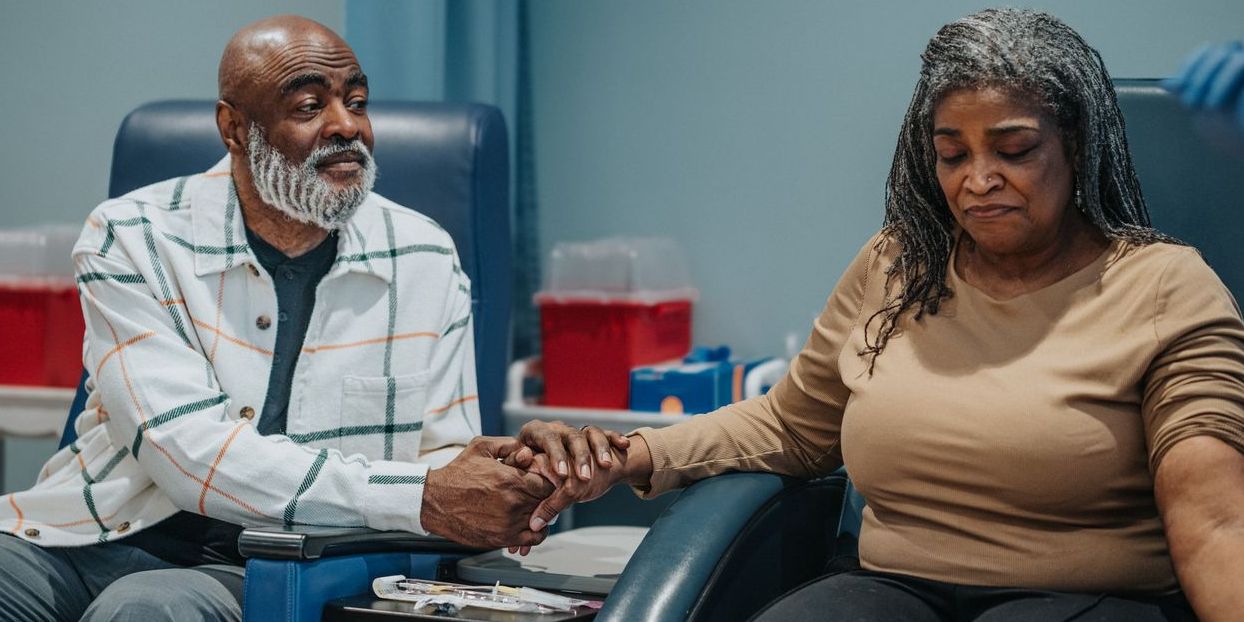Patients hospitalized with RSV-associated acute respiratory illnesses should be carefully assessed for possible bacterial coinfection and superinfection.
The spread of RSV to the lower respiratory tract can cause pneumonia or bronchiolitis. This association with acute respiratory illness (ARI) negatively impacts prognosis and increases the probability of a longer hospital stay.
For a study published in Tropical Medicine and Infectious Diseases, Phunsup Wongsurakiat, MD, and colleagues sought to assess the prevalence of bacterial coinfection (CoBact) and bacterial superinfection (SuperBact), the causative pathogens, the initial antibiotic-prescribing strategy, and the outcomes of hospitalized patients diagnosed with RSV-ARI. The analysis included 175 adults with RSV-ARI.
Dr. Wongsurakiat discussed the findings of this work with Physician’s Weekly.
Physician’s Weekly: Why is there such urgency in researching this topic?
Dr. Wongsurakiat: RSV-ARI is common in adults, particularly older adults with chronic cardiopulmonary conditions and adults who are immunocompromised. RSV is the causative agent in up to 12% of medically attended ARI, and approximately 15% of RSV-ARI cases require hospital admission. Among adults admitted to the hospital with RSV-ARI, 10% to 31% require intensive care, and 3% to 21% need mechanical ventilation.
The interaction between viral and bacterial infections has been frequently documented in patients with respiratory viral infections such as influenza and COVID-19. There is strong and consistent evidence of clinically important interactions between influenza and secondary bacterial respiratory pathogens. There are several potential mechanisms for synergies between viral and bacterial infection, such as virus destruction of respiratory epithelium, leading to increased bacterial adhesion and virus-induced, immunosuppression-promoting bacterial superinfections. Bacterial coinfection complicated between 18% to 34% of 2009 pandemic influenza A (H1N1) cases managed in ICUs and up to 55% of fatal cases, based on published autopsy series.
Although the burden of RSV-ARI is comparable to influenza, there is scarce data on the frequency of bacterial infection and associated clinical outcomes among patients with RSV-ARI.
PW: What are the most important findings from your study?
Dr. Wongsurakiat: Our study aimed to determine the prevalence of bacterial coinfection (CoBact; >1 positive cultures from blood and/or a respiratory sample collected within 48 hours after hospitalization) and bacterial superinfection (SuperBact; >1 positive cultures from blood and/or a respiratory sample collected >48 hours after hospitalization), the causative pathogens, the initial antibiotic-prescribing practice, and associated clinical outcomes of hospitalized patients with RSV-ARI.
This retrospective study included 175 adults hospitalized with RSV-ARI, of whom 17.1% had CoBact and 10.3% had SuperBact. Independent factors associated with CoBact were invasive mechanical ventilation (P<0.001) and neutrophilia (P=0.01). Independent factors associated with SuperBact were invasive mechanical ventilation (P<0.001) and systemic corticosteroids (P=0.02). Both CoBact and SuperBact were associated with higher mortality compared with no bacterial coinfection or superinfection (CoBact mortality, 16.7% vs 5.5% [P=0.05]; SuperBact mortality, 38.9% vs 3.8% [P<0.001]).
The most frequent CoBact pathogen was Pseudomonas aeruginosa (30%), followed by Staphylococcus aureus (23.3%). This pattern of causative pathogens is similar to the pattern of causative pathogens identified in patients with community-acquired pneumonia in our hospital. The most frequent SuperBact pathogen was Acinetobacter spp. (44.4%), followed by extended spectrum beta lactamase-positive Enterobacteriaceae (33.3%).
In patients without CoBact, there was no difference in mortality between patients who were treated with a shorter duration of initial antibiotics (<5 days) compared with patients who received a longer duration (>5 days).
PW: How can these findings be incorporated into practice?
Dr. Wongsurakiat: There are four actions that can be incorporated into practice.
1. Patients hospitalized with RSV-ARI should be carefully assessed for possible bacterial coinfection. Infectious Diseases Society of America (IDSA) guidelines on influenza treatment endorse the investigation and empirical treatment of bacterial coinfection in patients with influenza who present with severe disease, including respiratory failure, extensive pneumonia, fever, and hypotension, and who do not improve or decline after initial improvement. This guideline should be extrapolated to patients hospitalized with RSV-ARI. Based on our results, neutrophilia should be seen as a criterion for empirical treatment of bacterial coinfection.
2. The selection of the first antibiotic treatment should be guided by local epidemiology and target pathogens responsible for community-acquired pneumonia while considering local antibiotic resistance patterns.
3. Initial antibiotic treatment for possible bacterial coinfection should be discontinued in less than 5days if there is no evidence of a bacterial pathogen from routine bacterial cultures and early clinical stability.
4. The independent factors associated with bacterial superinfection were invasive mechanical ventilation and use of systemic corticosteroids. Measures to avoid hospital-acquired infections should be utilized in these patients. Systemic corticosteroids are often employed to reduce bronchial obstruction and inflammation in patients with RSVbut should be avoided in patients with RSV. Another treatment, such as high-dose inhaled corticosteroids, should be considered in patients with recognized indications, such as exacerbations of COPD.
PW: What would you like future research to focus on?
The following two topics should be pursued:
1. Effective antiviral and adjuvant treatments to reduce morbidity and mortality with RSV-ARI.
2. Early biomarkers or molecular diagnosis to aid early diagnosis or exclude bacterial coinfection. This may improve antimicrobial stewardship and reduce antimicrobial exposure and antimicrobial resistance.



















Create Post
Twitter/X Preview
Logout